9 Mind-Blowing Examples of Successful Experiential Marketing Campaigns
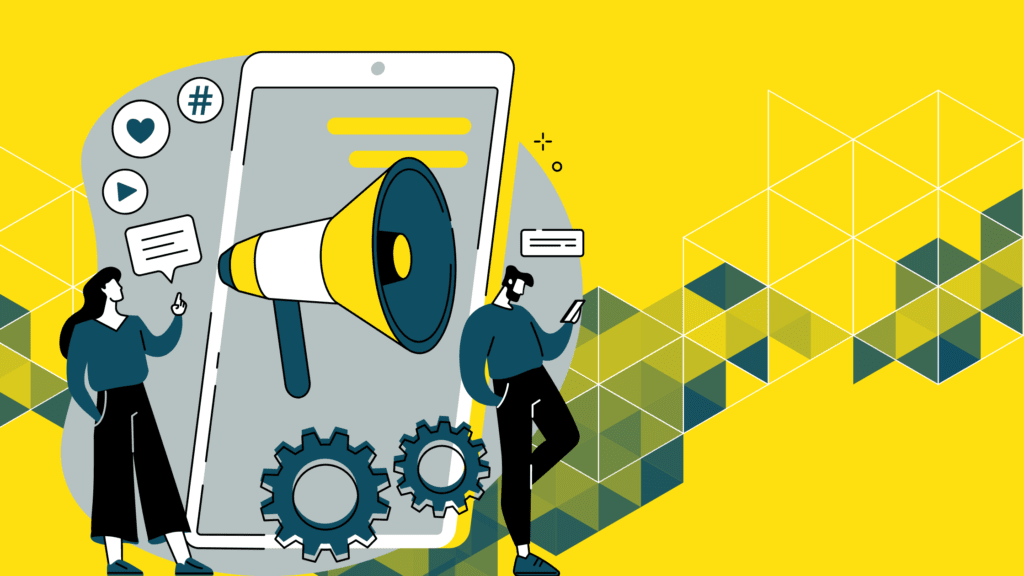
When I was four, my dad took me to an Astros game.
We were living in Houston at the time, in a small apartment complex, but I was too little to run around and play with the neighborhood kids, so I wasn’t even really cognizant about sports as a concept. I was just excited to do something with my dad.
Even though I was very young, I remember so much about that day, down to what I wore (a too-big Astros raglan), the way my heart thumped when we pulled into the parking lot, the cacophony of odors, how the announcer’s voice vibrated the warm stadium seats, and how my heart thumped in my chest when people rose to their feet around me to cheer. I screamed when other people screamed, booed when other people booed.
I especially remember the air vibrating with energy, enthusiasm, and competition. Even though I had no clue what was happening, I knew people were excited about something unfolding before us.
It’s been 25 years since that baseball game, but it is still one of my most memorable experiences. I never really got into sports the way I think my dad hoped I would, I don’t think I’ll ever forget the rush of being part of something other people were so passionate about.
Shared experiences are powerful in the human mind, as are novelty, stimulation, and emotion. They create connections between an event and our long-term memory, influencing how we feel about that particular situation and who we share it with.
In the same way, experiential marketing uses the five senses, social interactions, and interactivity to connect customers with brands in new, exciting ways.
What is an Experiential Marketing Campaign?
Experiential marketing campaigns- also known as participation marketing, engagement marketing, event marketing, and live marketing- invite people to create connections with your brand or business through an immersive, interactive experience.
“Traditional marketing simply doesn’t cut it anymore. While many companies continue to spend on TV ads, billboards, flyers, or even podcast ads, there is no doubt that experiential marketing is the way to go. Not only because that’s what today’s consumers are responding to but also because the impact lasts longer and has a greater influence on future purchases.”
The best experiential marketing campaigns are those that delight, entertain, and educate the consumers. In many cases, they also encourage influencer marketing by staging areas where people can’t help but take pictures.
While, of course, you want to create brand loyalty and attract new customers, you can’t think of experiential events as a sales tactic. Instead, brands should present it as an invitation to get to know the company better and from a new perspective.
Cosmetic stores are a prime example of experiential marketing at work, as they often offer free in-store tutorials, color matching, and samples. While the main goal is to sell makeup products, customers see it as a way to learn something new from experts in the field.
Types of Experiential Marketing
With such a large definition of engagement marketing, it can be difficult to pinpoint exactly what it might look like for your brand and how to shape a strategy around it that will encourage customers to keep your brand’s product top of mind.
There’s no denying that there’s a lot of cost, organization, and manpower required with in-person events, but with the availability of augmented reality, virtual reality, social media, and interactive technology, experiential campaigns are no longer limited to retail stores and rented public spaces.
This list of examples of experiential marketing campaign types is by no means exhaustive, but it does show just how expansive your options are:
- Live experiential marketing through pop-up locations, trade shows, conferences, retail installations, product showcases, and in-person events
- Virtual experiential marketing examples include online or virtual reality tours, augmented reality games, “Ask Me Anything” chats, webinars, virtual consultations, and online classes.
- Hybrid experiential marketing that encompasses live event marketing and a cross-channel marketing plan to encourage attendees to engage with your brand online through landing pages, tagging a company’s Twitter handle, completing post-event surveys, or emailing the sales team.
Why Should Brands Invest in an Experiential Marketing Campaign?
If you’ve had success in the past with traditional marketing, it’s easy to misconstrue experiential marketing as gimmicky, expensive, and unnecessary.
Brands are Investing in Experiential Marketing
Despite the relative newness of event-based marketing, brands are already investing in experiential marketing software, promoting event calendars to their customers, and exploring emerging VR and AR technology to up their advertising game.
- 91% of overperforming businesses use experiential marketing to promote their brands. [EventBrite]
- 1/3 of CMOs plan to spend 21-50% of their budget on experiential marketing in the next several years. [Campaign Live]
- 65% of brands note that experiential marketing has had a direct impact on increased sales. [EventBrite]
- Among B2C companies, community building is the #1 reason for hosting experiential marketing events. [Statista]
Experiential Marketers are Already Ahead of the Game
As excellent experiential marketing examples continue to emerge online, it’s clear that industry leaders see the long-term value and future opportunities that interactive events have to offer.
- 77% of experiential marketers believe that this strategy is fundamental to building a sustainable advertising plan. [EventBrite]
- Across the advertising industry, 31% of professionals single out experiential marketing as the most important channel, followed by content and email. [EventBrite]
- Industry predictions show that experiential marketing will stand out as the most important brand distinction, even over price and product. [Chaos Theory Games]
Customers are Seeking Connections via Events and Experiences
These statistics on experiential marketing prove how powerful live marketing, interactivity, and in-person, on-brand experiences can be for a company that wants to make a long-term impact on its customers:
- In 2016, 93% of consumers said that live event marketing has a greater impact on their purchasing decisions than television advertisements. [Statista]
- 91% of customers feel more positive about brands following experiential marketing events. [EventBrite]
- When surveyed about their preferred ways to learn about a product, 41% of respondents chose experience marketing opportunities, whether online or through a live event. [EventBrite]
- 98% of customers say they are creating content based around branded experience marketing, and of those, 100% share the content on their social media channels. [PR Newswire]
- While attending an event or online experience, 67% of consumers buy brand products. [Event Marketer]
- Regarding demographic marketing, 72% of millennial customers note that they would prefer to spend their money on experiences instead of physical products. [EventBrite]
9 Examples of Experiential Marketing Campaigns That We Love
Are you having trouble conceptualizing what your brand’s experiential campaign might look like?
Check out these 9 immersive experiential marketing examples to see how industries, businesses, and nonprofits leverage the strategy to raise awareness and increase brand loyalty:
Lipton Tea Misting Station

When: 2011
Where: Sydney, Melbourne, and Brisbane, Australia
Type of Experience: Interactive technology
Marketing Campaign Details: To help people stay cool in the hot Australian summer, which goes from December-February in the Southern hemisphere, Lipton wanted to provide a little relief in the form of train platform “misting stations.”
The team installed push buttons on iced tea ads that, when pressed, activated a valve that released a gentle shower of cool mist. This sensory experience paired perfectly with the images of Lipton bottles, fruit, and tea leaves surrounded by water splashes.
Not only did this effectively raise brand awareness, but it also associated the product with a pleasant experience.
Key Takeaway:
Take into account the physical setting of your experiential marketing campaign. Australia is hot, bus platforms are obnoxious, and very few people are there because they want to be. By making the space a little more enjoyable, Lipton reminded current customers why they’re fans of the brand and showed future customers why they should give them a try.
Cheetos Hands-Free House
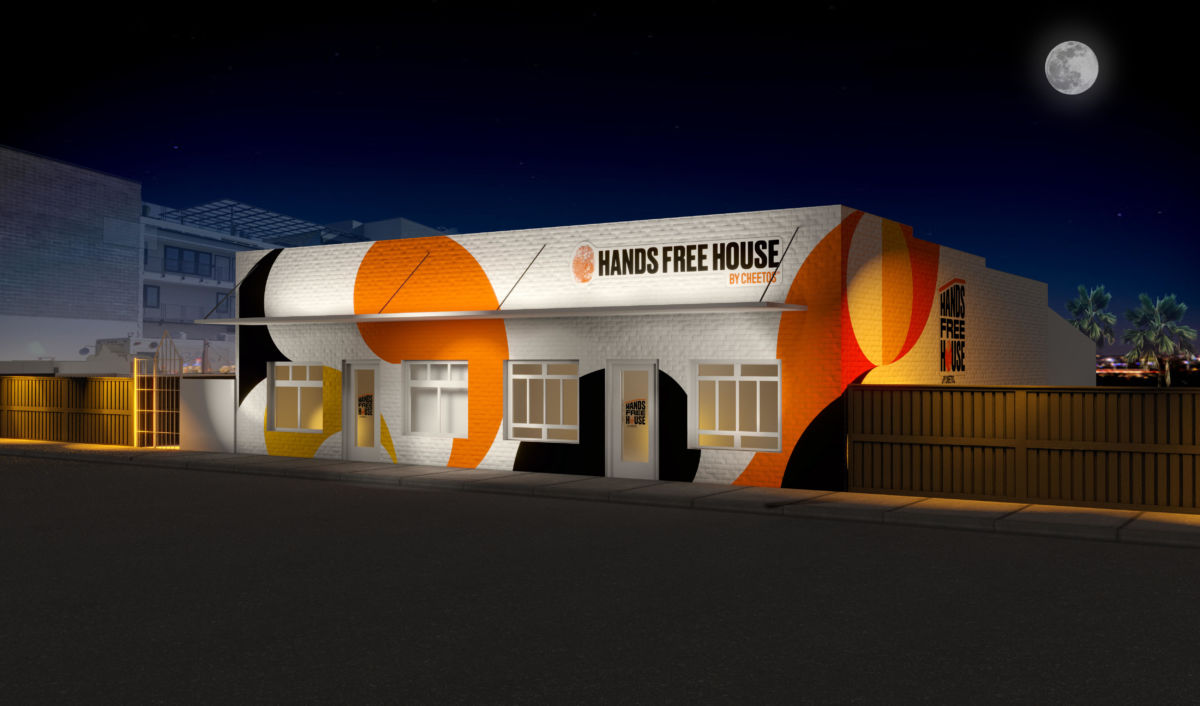
When: March 12-15, 2022
Where: SXSW Film Festival, Austin, Texas
Type of Experience: Pop-up and virtual tour
Marketing Campaign Details: As part of a larger campaign that questions whether “Cheeto dust fingers,” referred to as “Cheetles,” are the catalyst behind hands-free technology, the cheesy chip brand opened the doors to a “Hands-Free House” at Austin’s South by Southwest Film Festival.
As visitors roamed the house, they were invited to activate various hands-free technology using either voice activation or biometric data while enjoying a crispy snack. Following the walkthrough, the pop-up culminated in a catered meal in the backyard.
Key Takeaway:
Even silly “problems” are worth exploring in your experiential marketing campaigns. Little annoyances, like Cheeto dust, are not necessarily the top issues plaguing consumers, but they can create universal shared experiences amongst brand fans.
Ikea Sleepover
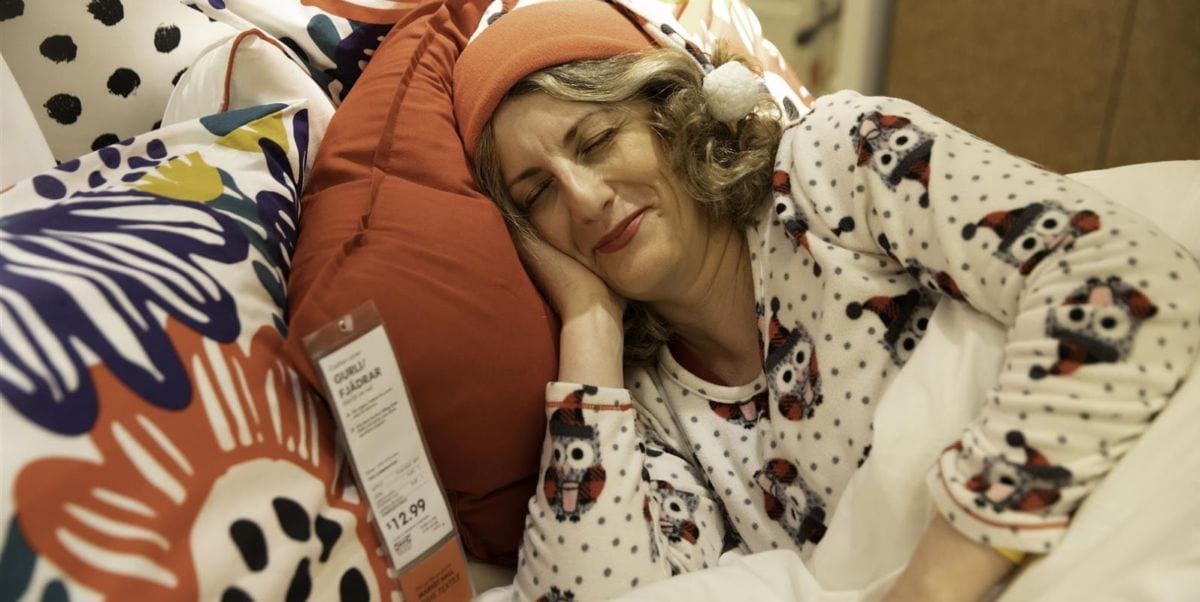
When: November 2011
Where: Essex, England
Type of Experience: In-person event
Marketing Campaign Details: After catching wind of a 100,000+ member Facebook group called “I wanna have a sleepover in IKEA,” the Swedish furniture store decided to make it happen. They selected 100 people from the group, including the original creator, and invited them to create a custom sleeping area by selecting items from Ikea catalogs. They were also gifted with sleep masks, snacks, slippers, cocoa, and snacks. Before bedtime, reality star Sam Faiers read the group “Goldilocks and the Three Bears.”
Since this first sleepover, Ikea has expanded the campaign to several different countries– including the United States, Canada, Australia, and Sweden– with a bit of a different premise.
Instead of being selected from a Facebook group, Ikea hosts a public event called “IKEA Swede Dreams Sleepover” that includes workshops, organization classes, yoga, and more.
To cap off the entire experience, they select 160 attendees to stay overnight.
Key Takeaway:
Ikea’s sleepover is a great example of how important it is to have an online presence. Without out, they would not have seen the opportunity to turn a goofy Facebook into an entire experiential campaign!
Get inspiration from what your customers are saying online. Track your brand name on various social media platforms, regularly spend time reviewing relevant commentary, and create experiences that answer their questions, address their concerns, or acknowledge their desires about your brand product in unexpected ways.
“Scoops Ahoy” Collaboration by Netflix and Baskin-Robbins
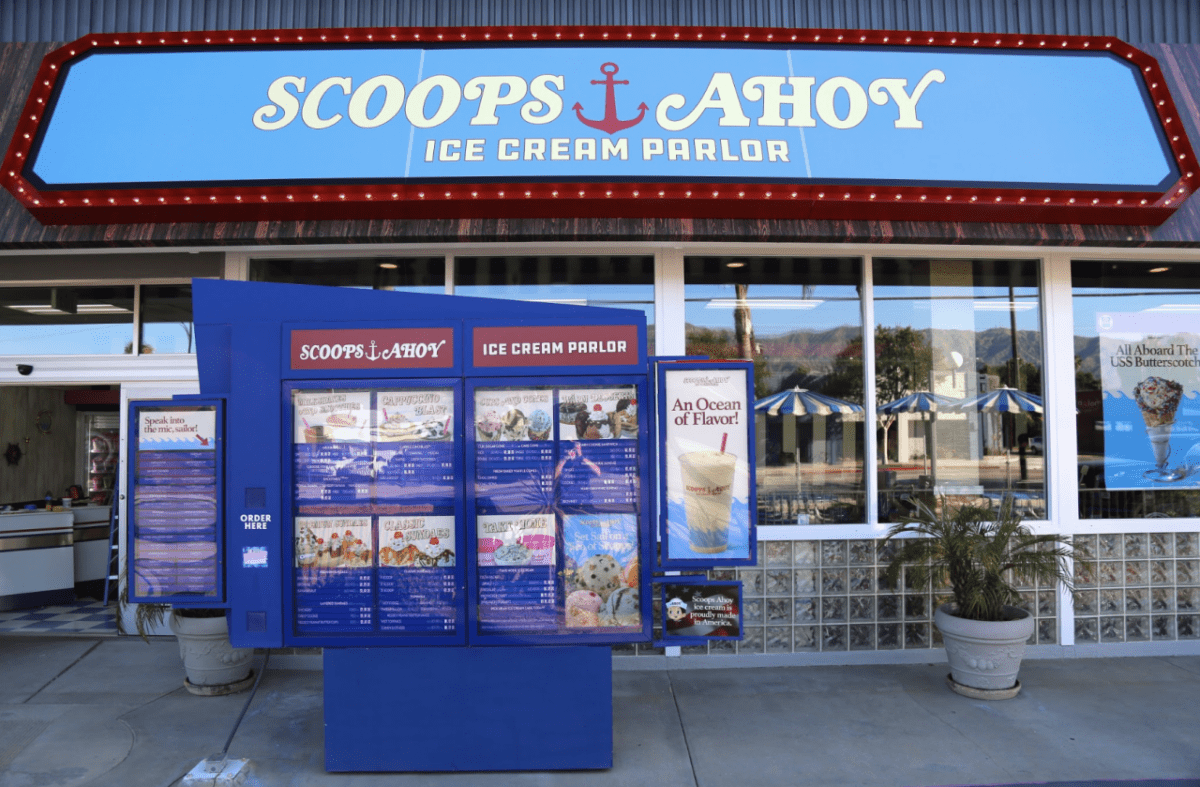
When: July 2-14, 2019 & July 4-16, 2019
Where: Burbank, California & Toronto, Canada
Type of Experience: Company partnership pop-ups
Marketing Campaign Details: Baskin-Robbins and Netflix teamed up to transform the Burbank ice cream store into a Scoops Ahoy, a key setting in the third season of the Netflix television show Stranger Things. To create the in-person experience, the stores were decked out in nautical-themed decor, and employees donned sailor suit uniforms while delivering quotes, quips, and greetings straight from the show.
Baskin-Robbins also launched a new range of ice cream and sundaes to serve consumers outside of Burbank and Toronto. Loyal customers were invited to try thematic products like USS Butterscotch Ice Cream, a Demogorgon Sundae, Byer’s House Lights Polar Pizza Ice Cream Treat, and more, all served in Stranger Things packaging.
Key Takeaway:
The best experiential marketing campaigns capitalize on trending topics. Baskin-Robbins did a flawless job of capitalizing on the hype surrounding the newest season of Stranger Things, despite the show being completely irrelevant to the brand.
As you begin to think about a potential marketing strategy, keep an eye on shows, music, clothes, and movies that could open new opportunities for you to create connections with your customers.
Saks Fifth Avenue “IT List” Townhouse
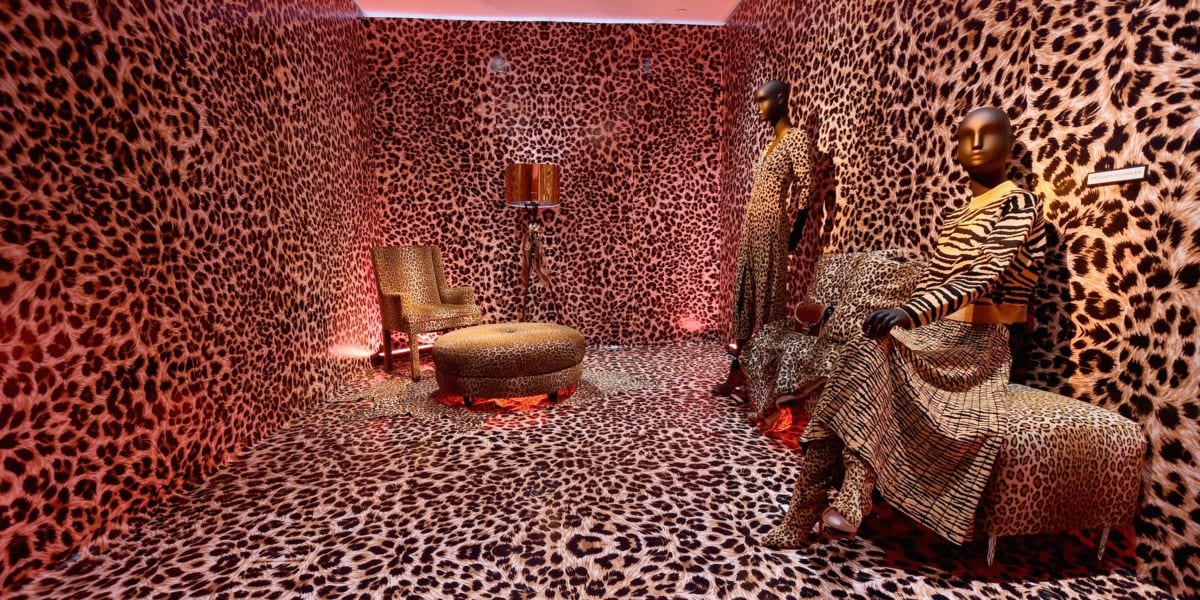
When: September 2019
Where: Greenwich Village, New York City
Type of Experience: In-person pop-up and virtual tour
Campaign Details: During New York Fashion Week 2019, Saks Fifth Avenue opened the doors to the “IT List” Townhouse. It was five floors of thematic, fashion-centric pop-ups focused on promoting their brand partners’ new shoe line, bag collections, and various other haute couture via Insta-worthy photo backdrops.
Installations included a Balenciaga bubble pit, a fun-house style infinity mirror, a chic sitting room in floor-to-ceiling cheetah print, and more centered around the themes of “Silver,” “Wild Wild West,” “Suit Yourself,” “Mad for Plaid,” “Statement Outerwear,” and “Animal Instincts.”
Key Takeaway:
Creating an immersive space is key to pulling off retail-style experiential marketing events. Not only did Saks Fifth Avenue create some serious FOMO by posting preview pictures of some of the photo areas, but they also used branded products as part of the installation. So, when visitors posted pictures of themselves in the bubble pit, they were also creating free advertising for Balenciaga, whose bags featured in the background.
SXSW Bate’s Motel
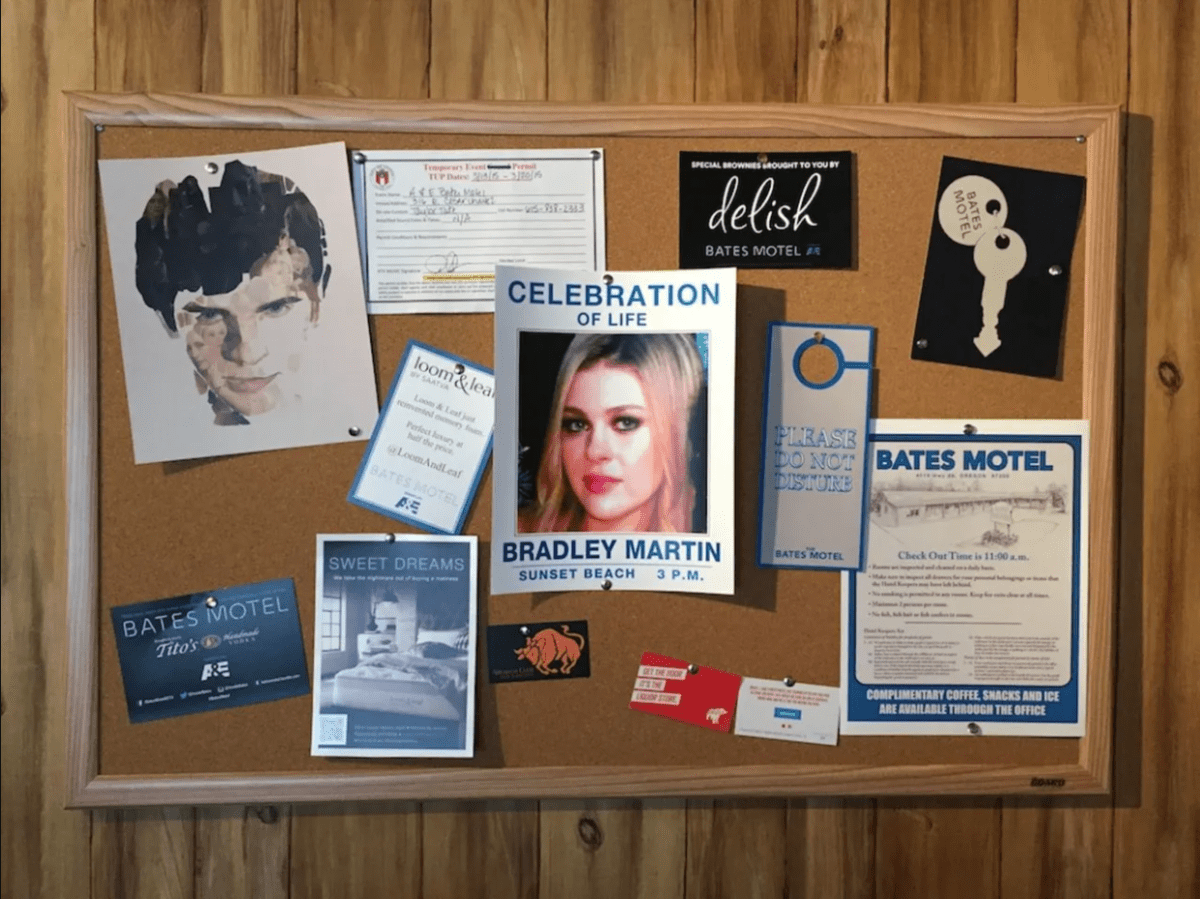
When: March 13-21, 2015
Where: SXSW Film Festival, Austin, Texas
Type of Experience: Immersive pop-up
Campaign Details: A&E’s Bates Motel is a long-form retelling of the storyline from Psycho, complete with a modern-day Norman Bates. To promote an upcoming season, the network built a complete recreation of the namesake overnight accommodations and welcomed brave attendees to stay overnight.
They hired staff, furnished rooms, and covered just about every inch of the place in taxidermied animals to pull it off. The decor was incredibly realistic, down to the bulletin boards plastered with thematic posters and help wanted ads from the show. Visitors needing a shower opened the curtain to find “blood stains” smattered along the bottom of the tub and branded “Mother Says” toiletries.
Key Takeaway:
This is beyond immersive. Not only did A&E put the time, staff, and resources into literally recreating an entire hotel, but they also focused on the tiniest of details, down to the shampoo bottles. The network clearly understood what their watchers would find most intriguing about the show and used it to create an eerie example of the power of experiential marketing.
The Oreo Vault

When: October 2020
Where: Svalbard, Norway
Type of Experience: Stunt/guerilla marketing with a multimedia component
Campaign Details:
Nestled on an archipelago in Norway, the World Seed Vault hosts 1,145,693 seed varieties from across the world to safeguard our access to crop and vegetal life in the event of a disaster. As of 2020, that same level of protection has been extended to Oreo cookies.
In a slightly eyebrow-raising example of experiential marketing, Oreo built a smaller version of the original vault to house a stockpile of cookies and the recipe. These protective measures came on the heels of an August announcement from NASA that asteroid 2018VP1 had a 0.41% chance of striking earth. The sweet treats are sorted in mylar packs that can withstand temperatures of -80 to 300 degrees Fahrenheit and protect against moisture, air, and chemicals.
Along with the vault, Oreo also aired a series of commercials featuring various actors posing as brand executives.
Key Takeaway:
Know when it’s the right time to capitalize on world events. NASA made it clear that the asteroid would burn up in the atmosphere before it could actually damage terra firma. Coupled with the laughably small chance of actually entering our orbit, the Oreo company marketing team didn’t step on any toes or cross any lines. Successful experiential marketing campaigns often use trending topics in tasteful ways to bring attention to their brand.
Paper Pandas
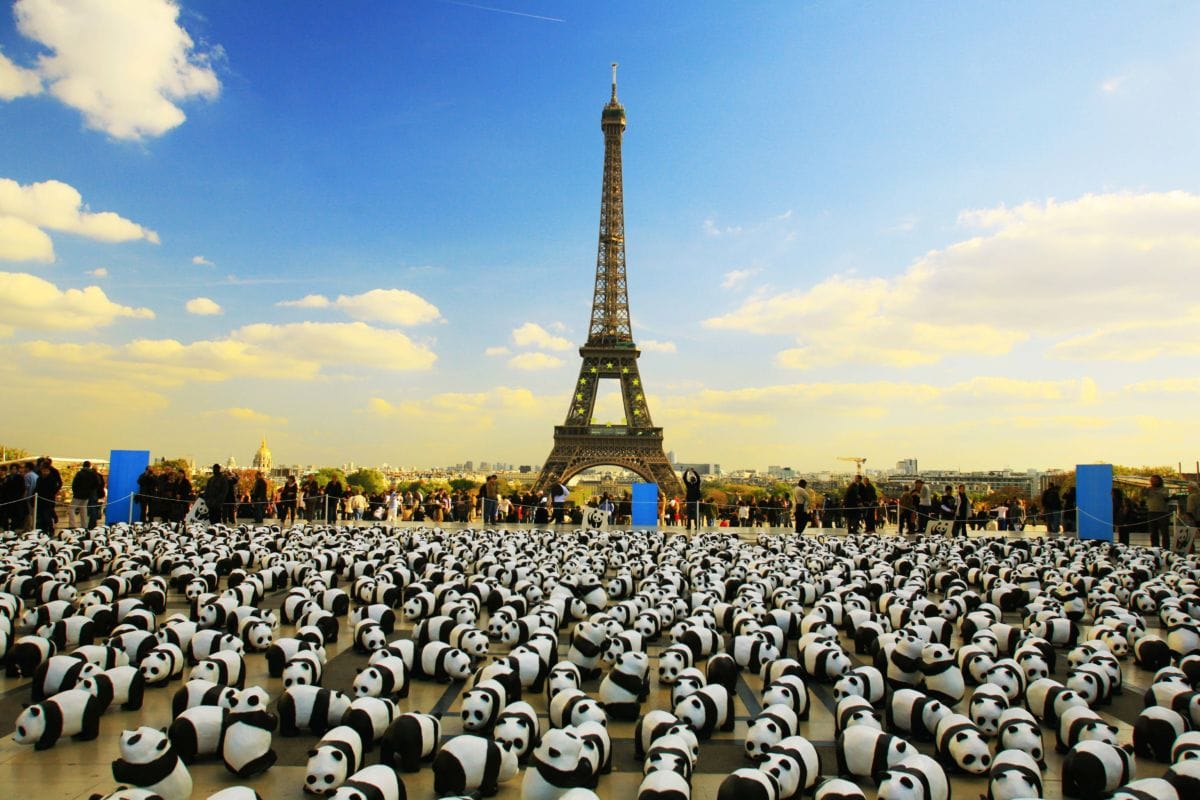
When: October 18, 2008 – May 2016
Where: Paris, France
Campaign Details: Art installation
To draw attention to the dwindling Giant Panda population, World Wildlife Federation commissioned 1,600 paper mache models– the number of the species left in the wild — from artist Paulo Grangeon and arranged them in the city center. Following the Paris exhibit, the bears traveled across Europe and Asia before landing in a Paris shopping mall in May 2016.
This experiential strategy helped bring awareness to the mission of the WWF both to the people attending the live events and across marketing channels, thanks to visitors sharing their photos with followers.
Key Takeaway:
Emotional connections are one of the most powerful tools a nonprofit organization can use to reach its intended audience. By focusing the project on a beloved animal (and the subject of the brand’s logo), passersby see evidence of the actual value of their donations before their eyes.
Furthermore, the novelty of the experiential marketing campaign encouraged user-generated content, which spread the word across multiple channels without WWF needing to launch an accompanying social media strategy.